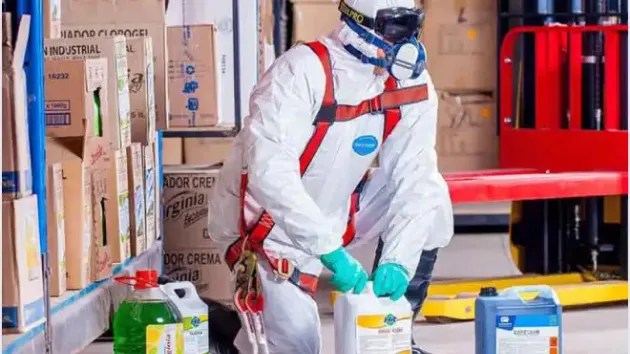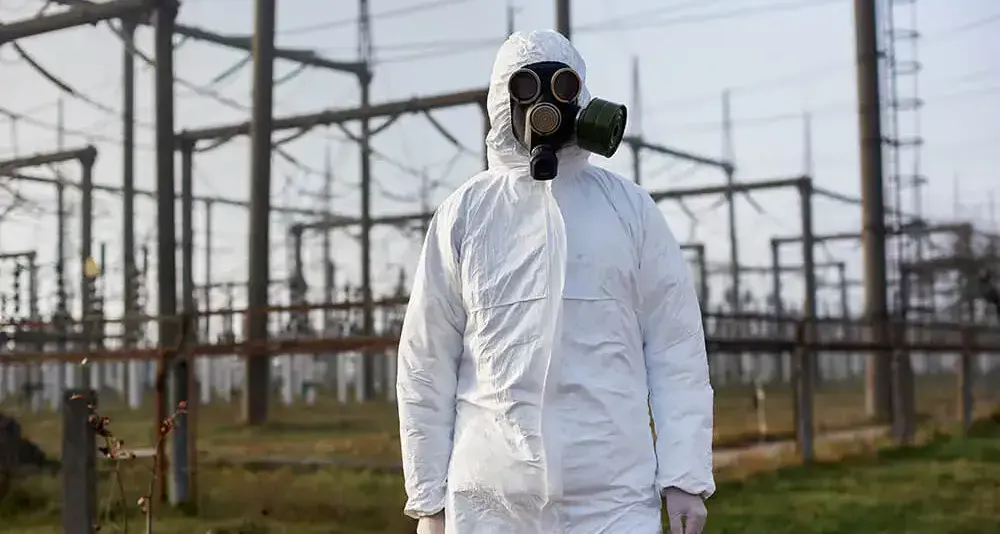Introduction
Despite the fact that a single x-ray does not emit enough harmful radiation to constitute a health risk, personnel working around or with machines capable of emitting ionizing radiation expose themselves to life-threatening danger. A series of safety courses must be completed before service technicians and other personnel are allowed to work with x-rays, so as to avoid conditionally reversible or irreversible radiation damage.Potential Hazards
The most common risks associated with working with x-rays are:
- Radiation Exposure. Even minimal exposure to ionizing radiation can end up causing serious health concerns for the people involved. Superficially, these high-energy electromagnetic waves will first trigger a visible irritation of the skin, loss of hair, and malfunctioning of the sebaceous skin glands. From a metabolic perspective, an inflammatory immune response is also to be expected. As this exposure extends in duration and intensity, symptoms such as erythema, chronic radiation dermatitis, and cancer are a distinct likelihood.
- Dangerous Chemicals. Everyone working within the confinements of a clinical institution will invariably come in contact with dangerous chemicals. The most common of the latter include solvents, detergents, industrial disinfectants, and more. Many of these substances can have adverse health effects when they come in direct contact with the skin, sensitive parts of the body, or when they are accidentally inhaled. The risks can range from simple allergies and dermatitis to high toxicity to the nervous or reproductive systems, kidney damage, and even respiratory impairment.
- Cumulative Trauma Disorders. Repetitive tasks, such as the ones performed by medical personnel working with x-rays, can lead to excessive wear and tear on muscles, on sensitive nervous tissue, as well as on tendons. If an improper posture is also maintained, CTDs can be accompanied by musculoskeletal disorders and will eventual turn into chronic, work-impairing conditions. Ergonomic workstations, as well as appropriate safety courses will help employees successfully avoid such disorders.
- Infectious Pathogens. Medical institutions see thousands of patients on a daily basis. If suitable personal protective equipment in not worn, this can lead to the transmission of bloodborne pathogens. The latter are known to mechanically become airborne as blood particles often seep into saliva particles that are sneezed and coughed by patients. The list of BBPs spans over 200 micro-organism and includes pathogens such as hepatitis B, hepatitis C, and human immunodeficiency virus (HIV).
Incident Prevention
Without appropriate training, medical or technical personnel working with x-rays will lack the necessary knowledge and equipment to protect themselves, their colleagues, and their patients against ionizing radiation. Even when minimal exposure takes place, this can lead to serious long-term health effects if it takes place on a daily basis. The only way to limit employer liability and employee occupational hazards is with thorough safety training.
A central aspect of x-ray safety is related to adequate personal protective gear. The primary beam is known to sometimes leak through shielding cracks and penetrate through shutters. Usually, a thickness of several millimeters of lead, aluminum or iron can reduce the intensity of the x-ray beam tenfold. However, workers will need to know how to wear and maintain specialized PPE that is radiation safety approved.
Institutions that own and operate x-ray analysis equipment will usually have a series of safety protocols in place to protect their employees and patients. People working with x-rays must acquire detailed information related to the functioning of the machine itself, such as when x-ray tubes are outside of their housing, as well as be able to identify when beams are emitted due to defect equipment.
Recommended Safety Courses



What You Can Do to Stay Safe
The only way for doctors, medical nurses, radiologists, and x-ray technicians to stay safe when working around machines capable of emitting ionizing radiation is to fully acknowledge the health hazards they are exposed to. Employers in Canada are legally required to ensure their staff are aware of these risks, as well as to provide sufficient safety training to account for the latter.
For a comprehensive list of safety courses associated with your job, please visit our Pharmaceuticals and Healthcare industry page.



